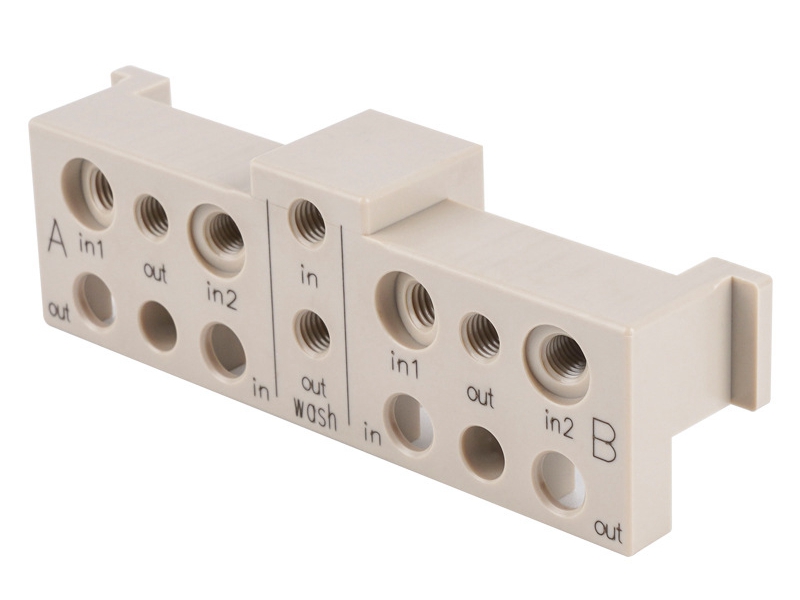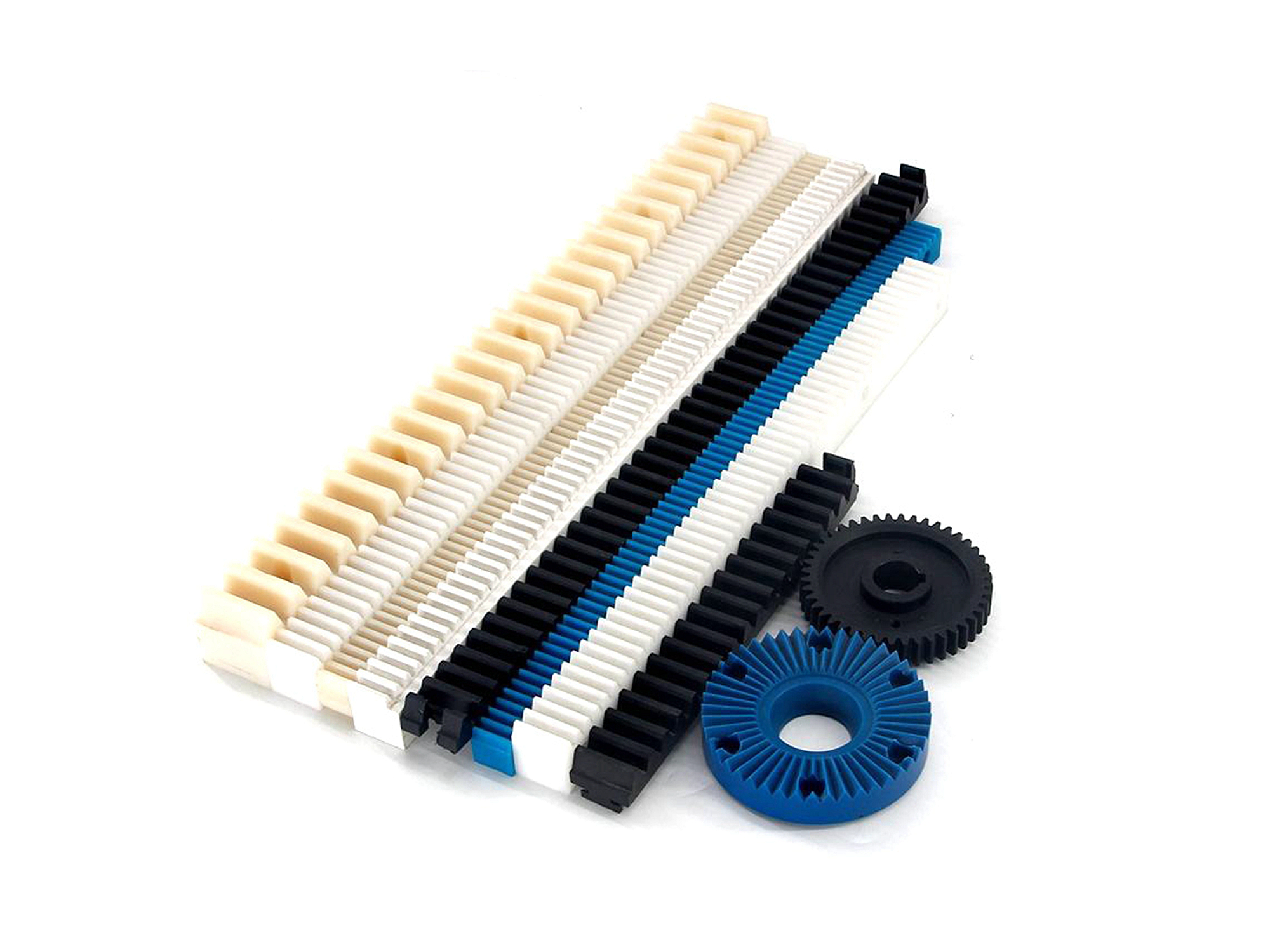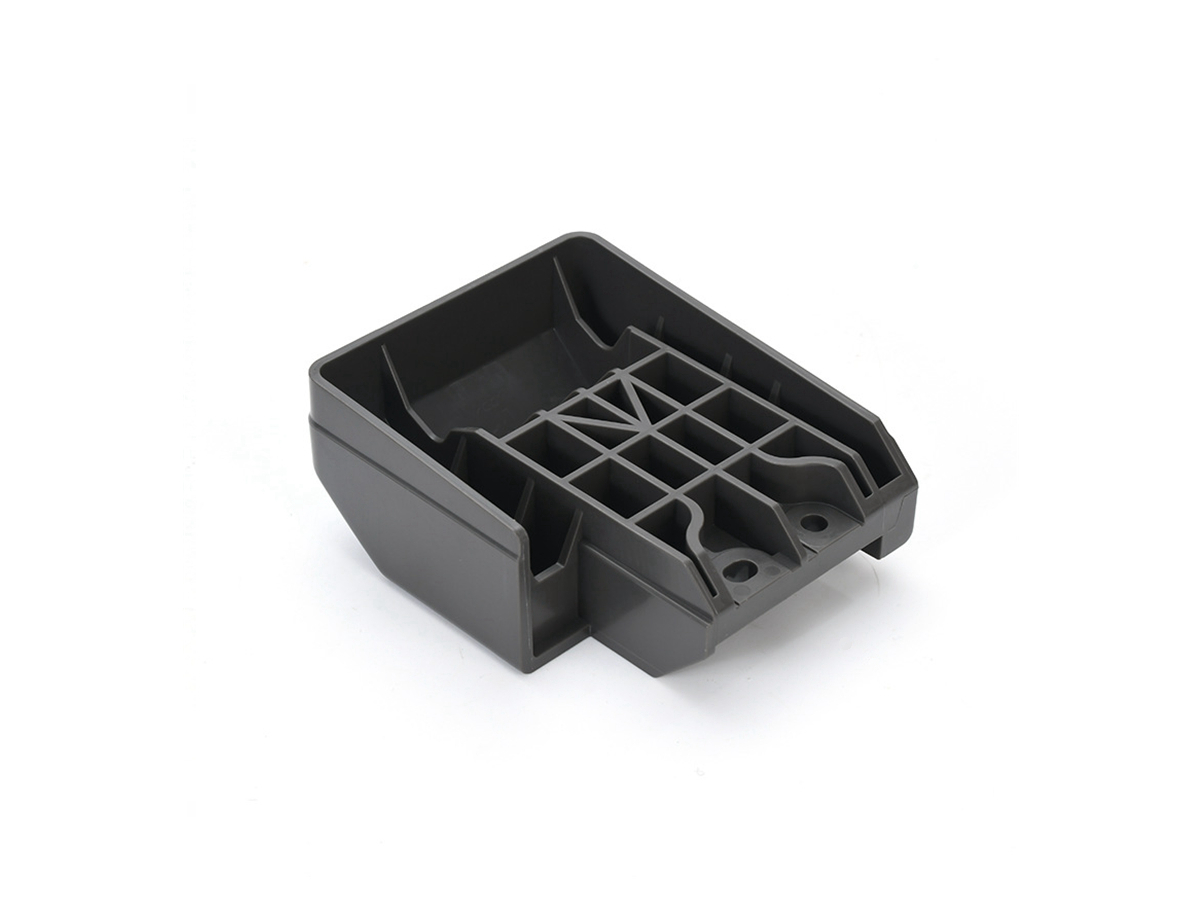Can I switch from metal to plastic in a design without changing tooling?
Key Considerations Before Switching Materials
Switching from metal to plastic in CNC-machined designs is possible, but not always feasible without modifications to the tooling or fixtures. The fundamental difference in rigidity, thermal expansion, and machining response between metals and plastics means that setups designed for metal CNC machining may not support plastic materials efficiently. DFM analysis should evaluate fixture pressure, tool selection, and cutting parameters before reusing the same setup.
Dimensional and Structural Differences
Metals such as aluminum 6061-T6 or stainless steel SUS304 are rigid, allowing high clamping forces and deep cutting passes. Plastics like POM or Nylon are softer and more elastic, deforming easily under pressure. If the same tooling is used, plastic parts may experience dimensional inaccuracy or warping. To maintain precision, the DFM process typically recommends revalidating fixtures or replacing soft jaws to distribute clamping loads evenly.
Tooling and Cutting Adjustments
Tool geometry and cutting speeds also differ substantially. Tools optimized for multi-axis metal machining often feature sharper rake angles and heat-resistant coatings, which can cause melting or surface tearing in plastics. Switching to specialized plastic end mills with higher rake and polished flutes improves chip evacuation and finish quality. Feed rates and spindle speeds are increased to reduce heat buildup, while coolant or air blast systems are adjusted to avoid thermal deformation.
Surface Finishing and Post-Processing Compatibility
Surface treatments must be re-evaluated when transitioning from metal to plastic. Coatings like anodizing or chrome plating, which are typically used on metals, cannot be applied to polymers. Instead, UV coatings, lacquer finishes, or vapor polishing are employed for improved appearance and durability. Understanding these differences ensures the existing design accommodates new finishing tolerances without compromising functionality.
Industry Examples of Metal-to-Plastic Conversion
In the automotive and consumer product industries, designers often replace metal brackets or housings with high-performance plastics, such as PEEK or polycarbonate, to reduce weight and minimize corrosion risk. In medical devices, non-metallic alternatives provide sterilization safety and cost savings. However, these transitions always include fixture redesign and process recalibration—even when the same CNC platform is used.



